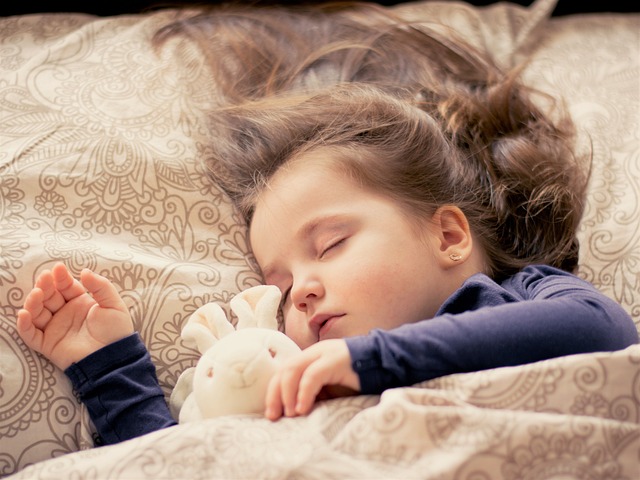
Be it the afternoon nap or that dreadful moment in the evening, kids and sleep rarely go together in the same sentence. I wouldn’t have thought it. But after unending days of cries and all sorts of manipulations, this turned out to be a problem.
In the afternoon, it took literally hours to get her to sleep. And when it finally happened, it was late, so she’d be getting up late, which evidently made the night even harder.
We tried extra-long walks in the park, playtime with more physical games, changes in the eating habits, nothing worked.
Each afternoon and each evening were met with drag from both us and her. She did not want to sleep, and we did not want to make her, but we all had to play our part.
It’s a well-known fact that sleep is necessary. Especially for kids. We might get by with less – which is of course not ideal – but for children, that’s a must. That’s why we all try so hard after all. Health is important, even if we have to struggle for it.
But what if we didn’t struggle?
There are tons of ways to get the kids to do what they need to. Some work better than others. It depends on the kid, on the adult, on the situation, you get the gist.
What worked best for us, in many cases, but especially with the sleeping schedule: planning.
And I don’t mean that you just plan for it and make it happen. You must include the kid in it. Not as a decision-making member of the situation, but as the notified party. So damn simple.
I’ve heard about it from so many sources, but it was miraculous when we tried it.
In case you’re new to it, as we were at the time, it’s really, and I mean REALLY simple. Let’s say that you want your child to sleep after lunch. Tell them that. Just say: after we eat lunch, we’ll get ready for the afternoon nap. We’ll brush our teeth, get into the pajamas, and sleep.
The trick is to tell it a few times before the said lunch. It makes it easier for the kid to both make terms with the situation and to remember it.
This magic got us to the point when I tell her that we’re going to eat in half an hour and she’ll say: and then, nap. Yeah, now I rarely tell her that part of the day’s schedule. It has become a habit. And no more crying.
There might be days when she’ll try to get out of it, but that’s kids. They’ll test and try. Just don’t give in and you’re golden.
For the night, we use the same strategy, but a bit adapted since we try to eat earlier. One hour before, we tell her exactly that. After one hour, we’ll go to the potty, brush our teeth and get ready for sleep. We’ve gotten to a nice schedule of one (and only one) story before bedtime. It helps to have a fixed ritual, such as the story.
Talking to a psychologist about this and how we tried to make the day as structured as possible (initially with the naps and night sleep in mind) has made it even more clear that this is a good approach. Having this structure, these rules, makes her feel safe. She tests them to check if she still is.
Even if the child is not adopted, it’s the same situation. It’s never too late to apply these tactics. Our daughter lived in another environment for three and a half years. If we could make the necessary steps to get here, anybody can.
Kids need to feel safe. A clear schedule makes them feel safe. And making it clear in the sense that they actively know about it: that is the bonus that helps you implement the schedule.
Try it and see the magic.


